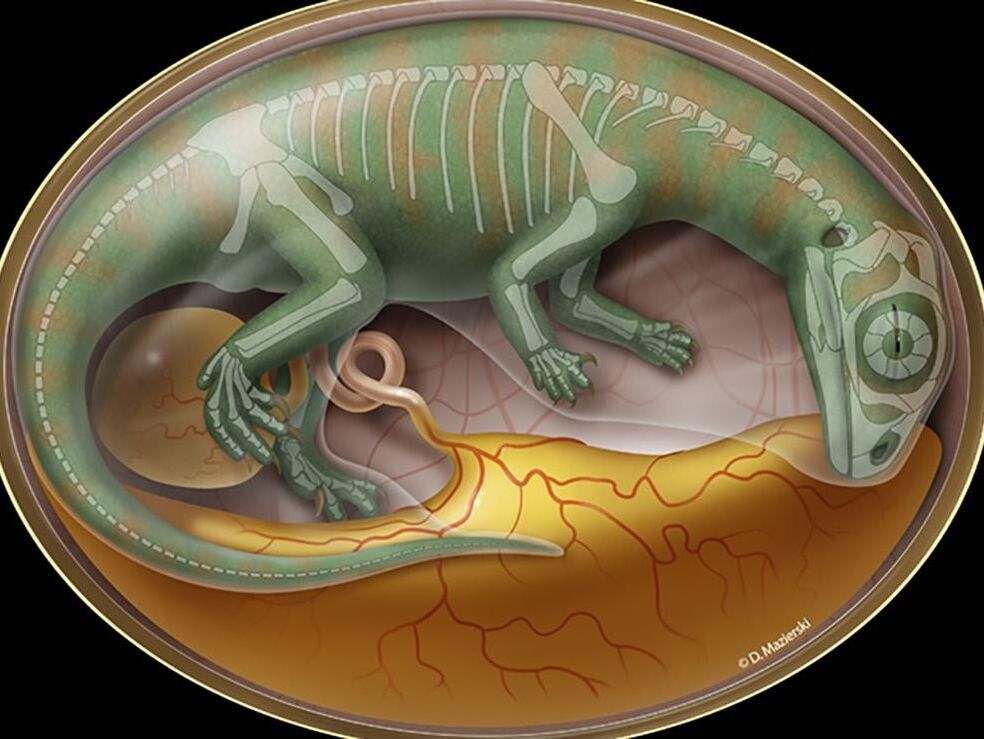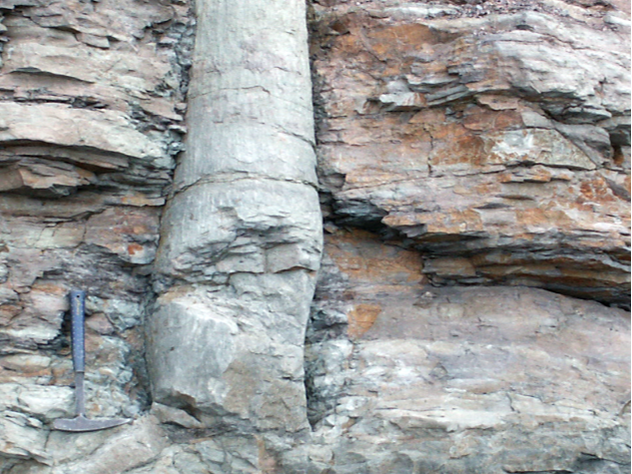- Home
- Technology
- Management
- Health Care
- Earth Sciences
- Particle Physics
- Engineering
- Stories of Turtle Island
- Startup Companies
- The Lost Ships of the Franklin Expedition
- Wildlife
- Archaeology
- Palaeontology
- Architecture, Land Use and Planning
- Politics and International Development
- COVID-19
- University Life
Sauropod teeth provide insight into evolution of giant dinosaur speciesIn the age of giant reptiles, sauropods were the biggest of all. Long-tailed, long-necked species like Diplodocus and Apatosaurus were the largest dinosaurs. From tip to tail, some sauropods were up to 40 metres long.
These giant herbivores ranged across the globe and thrived throughout the age of dinosaurs, nearly 150 million years. “Sauropods are the one group that was successful from the beginning of the age of dinosaurs until the very end,” says Robert Reisz, a paleontologist and professor of biology at U of T Mississauga. Despite their enormous size, sauropods had relatively small heads and mouths. They fed by ripping plant material from trees and bushes, and would have needed to eat almost constantly. Click here for full text |
Fossilized tree stumps could yield clues about earliest species on landIn a swampy, subtropical forest, in the murky depths of time, a tiny creature crawled onto the land. It was no more than a few centimetres long, and it wasn’t the first animal to seek sustenance on solid ground — but this moment forever impacted life on Earth.
This creature was different from the amphibians that came before it. It was an amniote. Its eggs had a membrane surrounding the fetus they held. This protected its offspring, and meant it could reproduce on land. Its descendants and cousins ventured further from shore. They grew larger and dominated the land. They evolved wings and soared in the sky. Today, many of the animals we know best are amniotes: reptiles, birds, mammals – even ourselves. Click here for full text |
Field Museum specimen identified as new proto-reptile speciesHell hunter and devil digger. When Arjan Mann names a species, he doesn’t mess around.
As part of his PhD research into carboniferous period creatures, the Earth Sciences student identified two new species. Both date from about 310 million years ago, when the ancestors of modern reptiles, birds and mammals were moving permanently on to land. The first he named Diabloroter — devil digger. Mann studied the specimen at the Field Museum in Chicago, where it had been preserved in a devilishly red latex peel. Its hard skull is similar in structure to modern animals that burrow, digging into the earth by compacting soil with their heads. Click here for full text |


